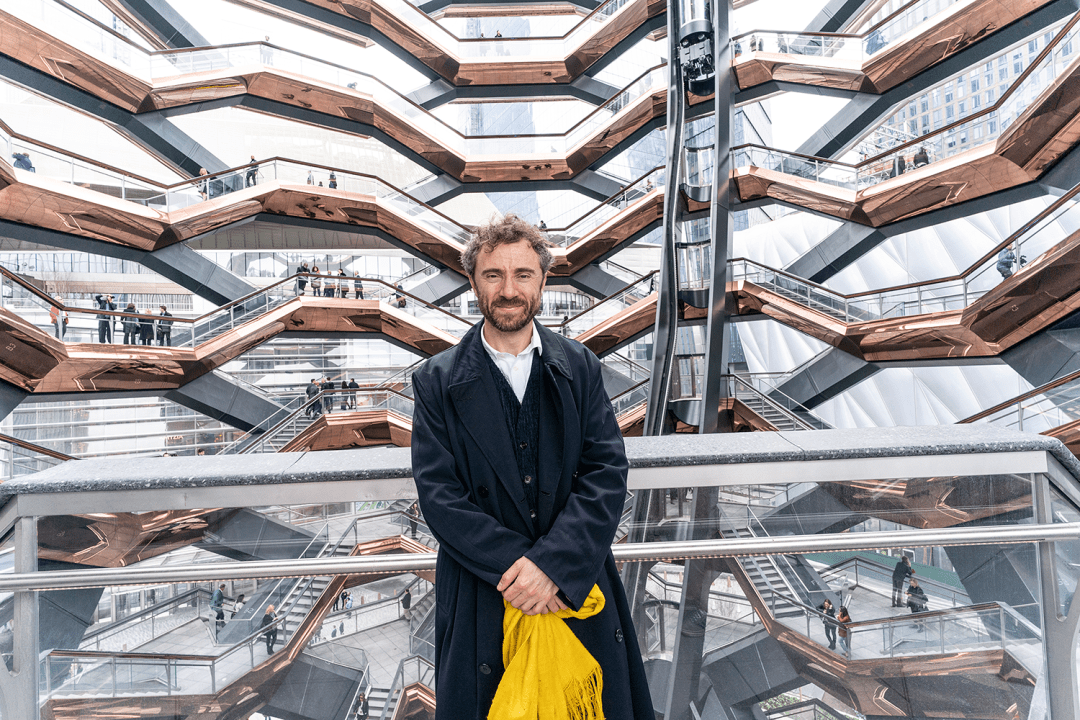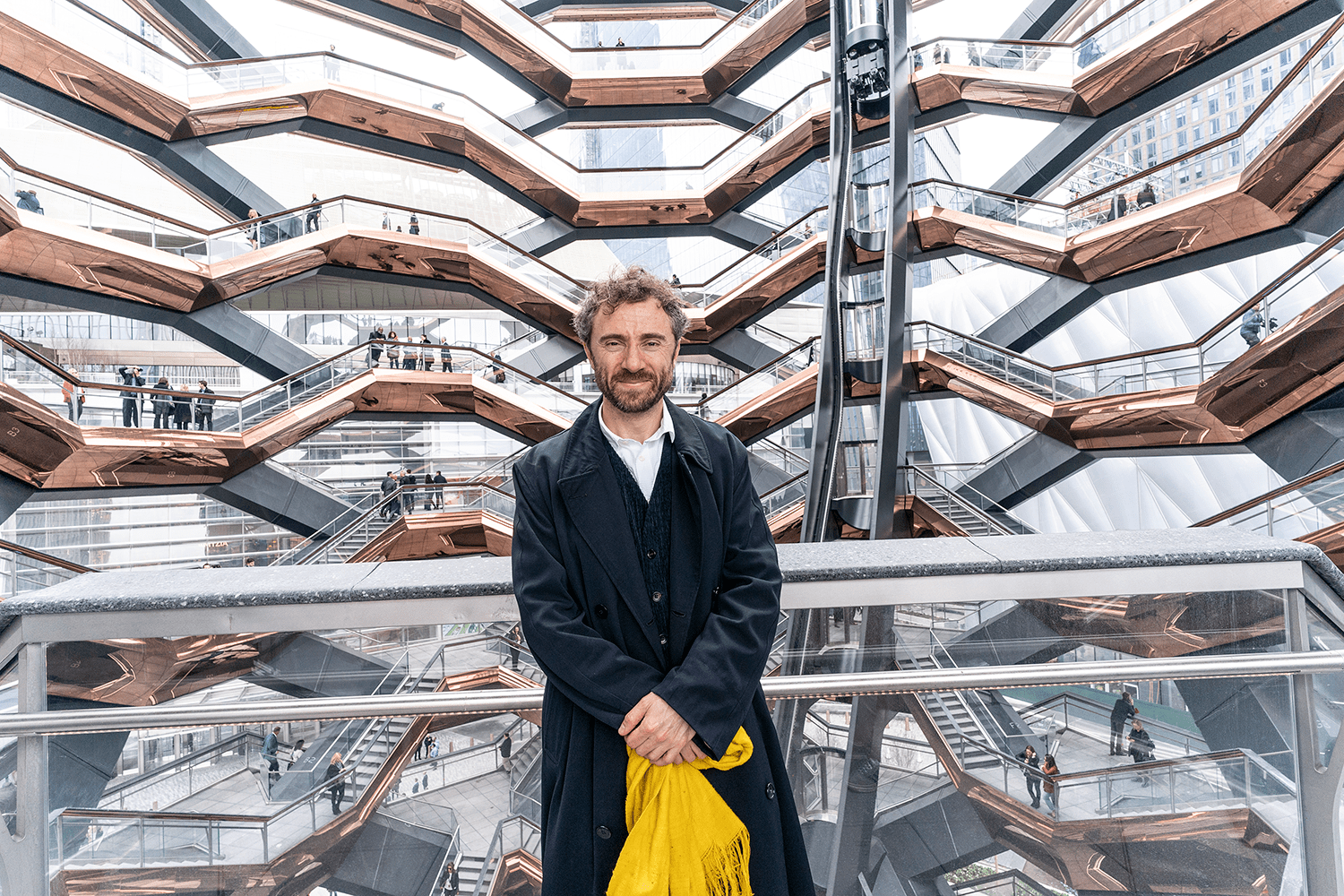Architects are often snobby about – and no doubt jealous of – the designer Thomas Heatherwick, who isn’t an actual architect yet still manages to wangle important building commissions. And he knows this. In his documentary for BBC Radio 4, Building Soul, where he examines what he calls the ‘blandemic’ in today’s architecture, he asks to interview fellow Spectator writer Jonathan Meades, who responds: ‘The last person who should be doing a series on urbanism is a designer.’ Heatherwick wears this as a badge of honour.
Indeed, qualifying as an architect is no guarantee of quality – check out the past nominations for the Carbuncle Cup, the now defunct prize for the ugliest building in Britain. Some of the best constructions, moreover, have been built by unqualified architects. Look at the work of Italian maestro Carlo Scarpa, who, in an act of poetic justice, redesigned the Venetian courtroom where he had faced trial for practising architecture without a licence.
Heatherwick almost completely ignores finances, procurement, planning, building regulations, law
But by focusing on this sideshow – reductively blaming everything on a culture of complacent and mis-educated architects – Heatherwick’s documentary misses the point. He almost completely ignores the power of the actual boring stuff: finances, procurement, planning, building regulations and law. This is what the qualified architects he employs have trained years for and have to navigate on a daily basis.
Heatherwick shares research from ‘neuro-aesthetics’, urging us to follow the science proving that curves are more stimulating; that blandly designed façades cause stress. His interview with a Syrian architect even suggests that relocating the people of Homs ‘from the ancient city into bland tower blocks’ was ‘a major leading factor’ of war. While fixating on the actual buildings and not, say, the housing and social policies that give rise to them is somewhat tendentious, Heatherwick rightfully draws attention to the psychological impact of architecture.
His concern with the combined cost to wellbeing, environment and planetary resources of the many boring buildings that are unloved and prematurely demolished is a reasonable point.









Comments
Join the debate for just £1 a month
Be part of the conversation with other Spectator readers by getting your first three months for £3.
UNLOCK ACCESS Just £1 a monthAlready a subscriber? Log in